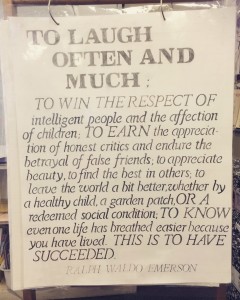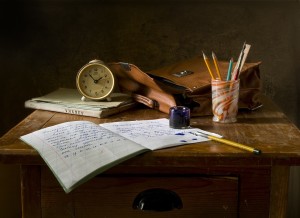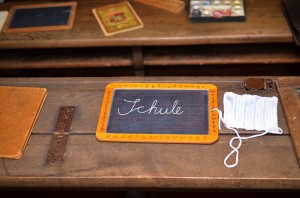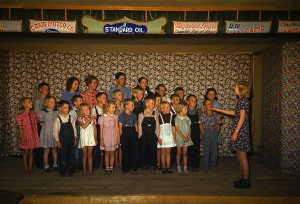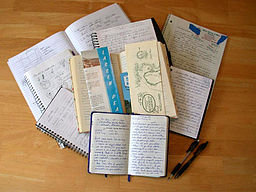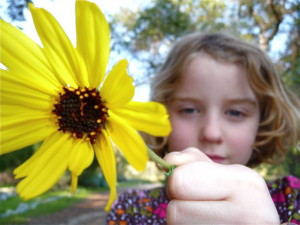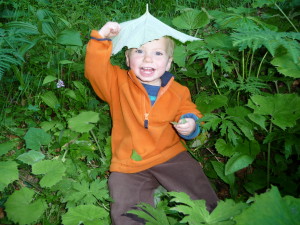
Luck is believing you’re lucky.”
~Tennessee Williams
St. Patrick’s Day Celebration
We celebrate St. Patrick’s Day by exploring Ireland through art, music, and engineering. Here are some of our favorite activities to make this celebration a meaningful learning experience. We have added links to most of the resources you need, so prep will be a breeze.
Music & Dance
It is fun just to hop around and enjoy Irish music.
If you would like to take this lesson a little deeper, dancing the jig is great exercise and very easy to learn.
Art
This is one of our (Almost) No Prep Art Lessons. You probably have all the materials you need in you classroom. Students draw the shamrock and create the lines with a ruler. You can learn more about this lesson right here.
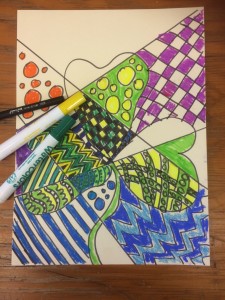
Food

We use every opportunity to promote healthy eating. Most kids will at least try a food offered in the classroom. We assemble a fruit rainbow in honor of St. Patrick’s Day. The cut fruit and berries are offered buffet style. The kids help themselves to the different fruits. They later chart their fruit platter in their journals. We have more healthy party snack ideas right here.
Engineering
The day before St. Patrick’s Day out students design and create leprechaun traps in class. This is one of the our favorite activities of the whole year. Many teachers have kids create traps at home. They often look more polished than our crazy classroom creations.
Social Studies
If you or your students are interested in learning more about St. Patrick you can watch some of these videos.


